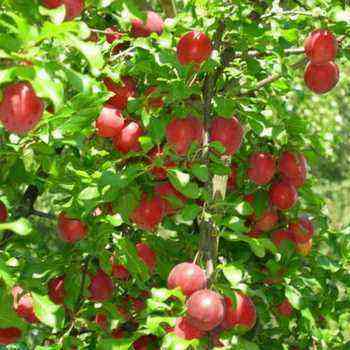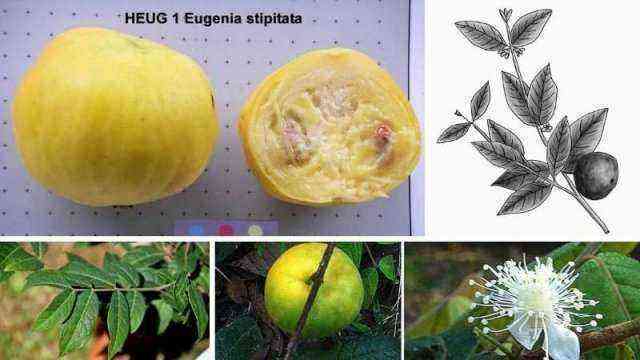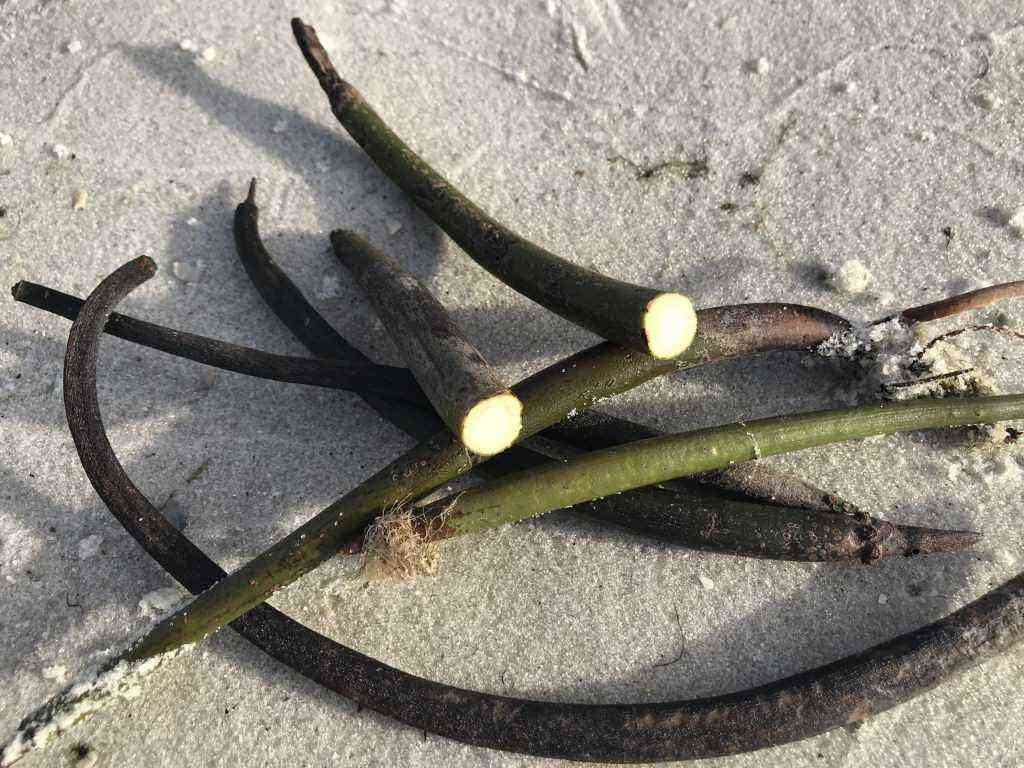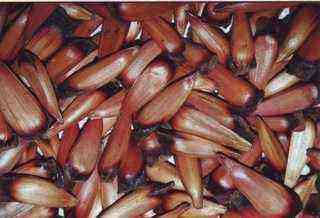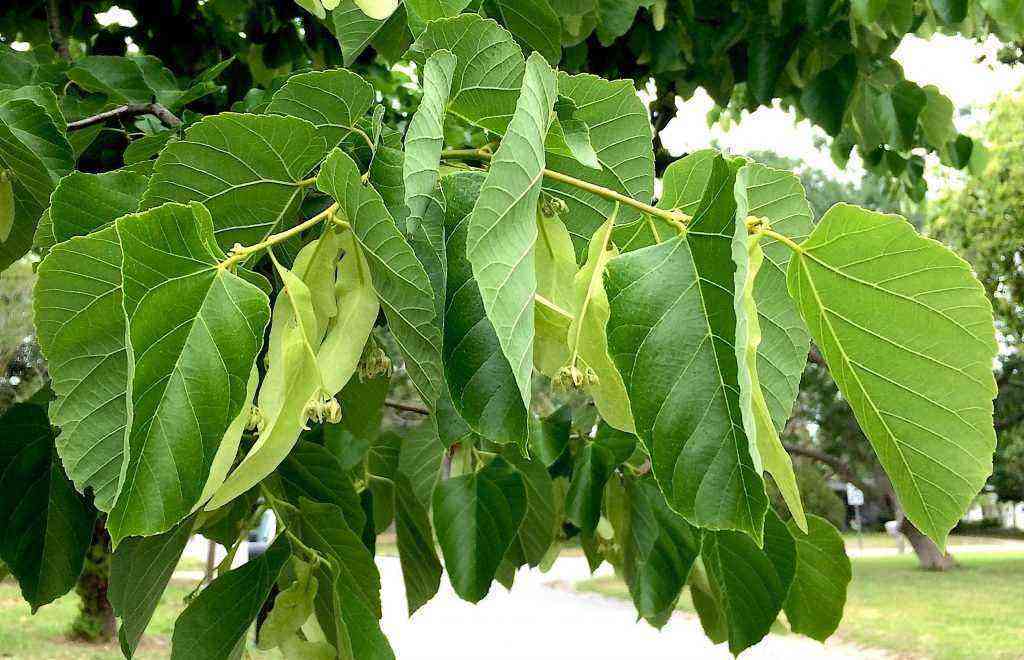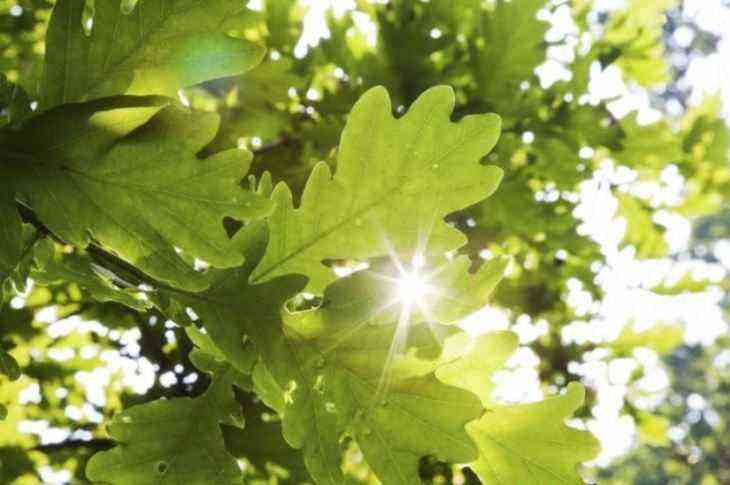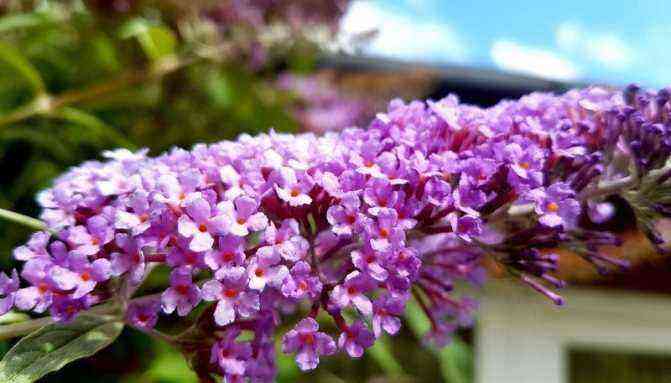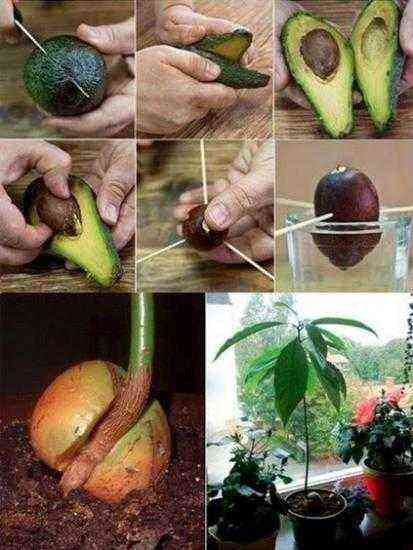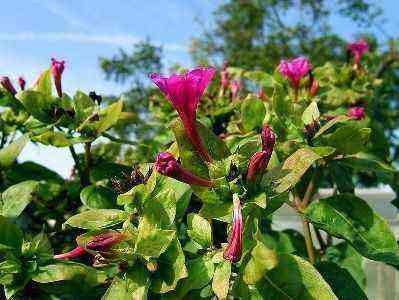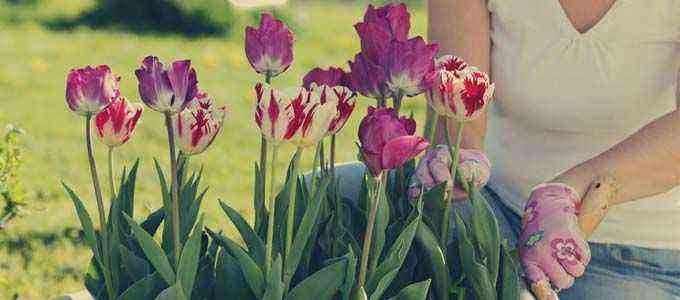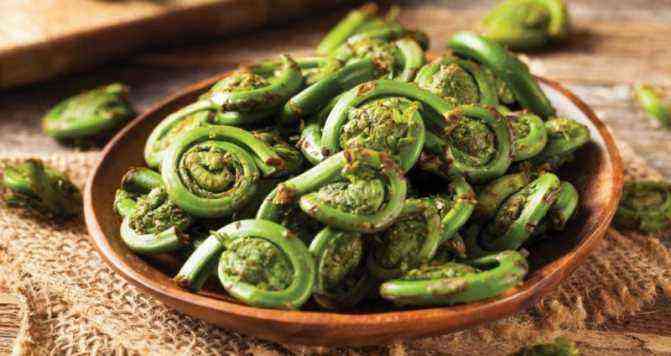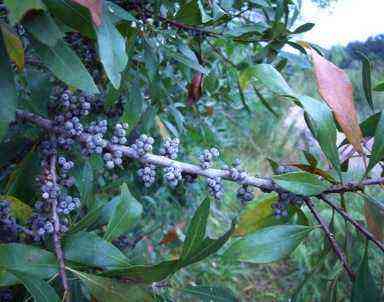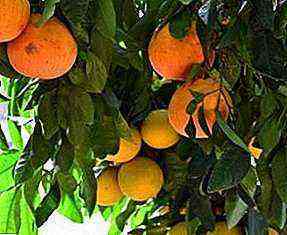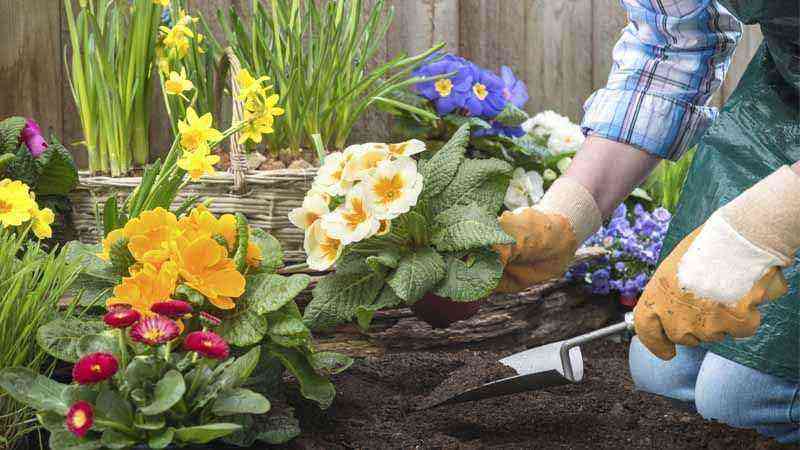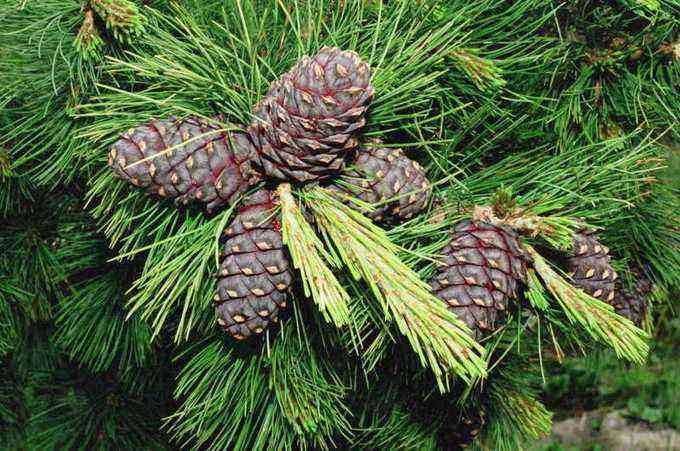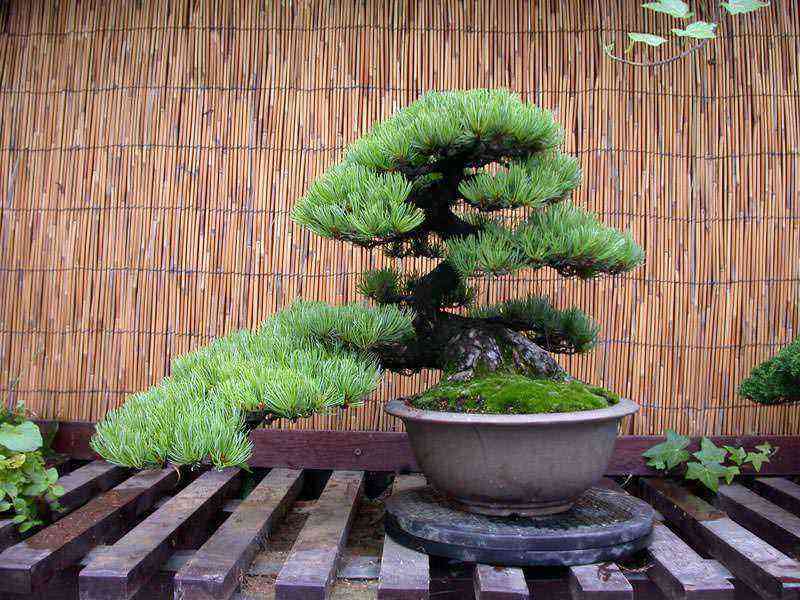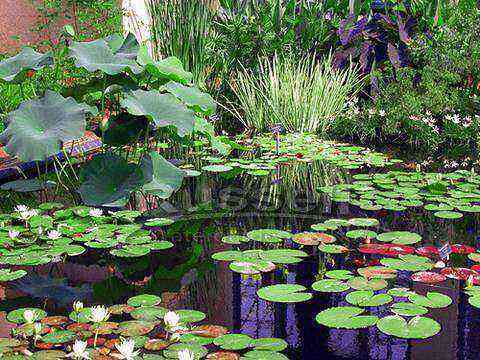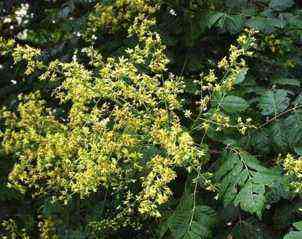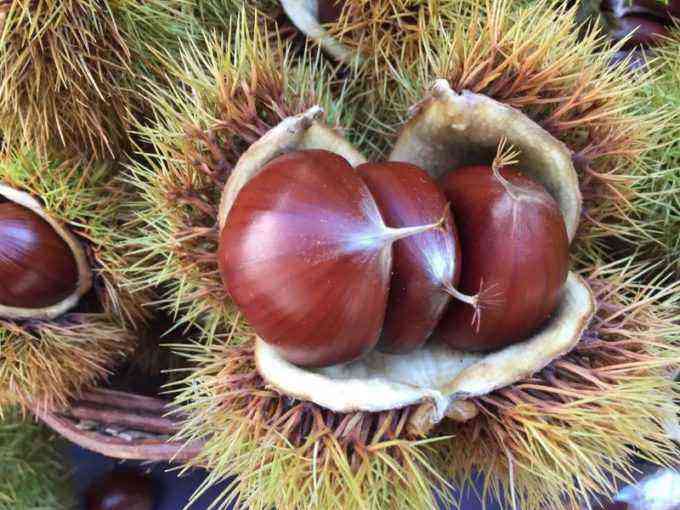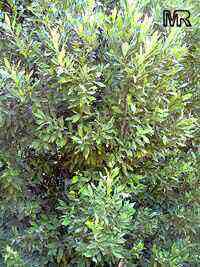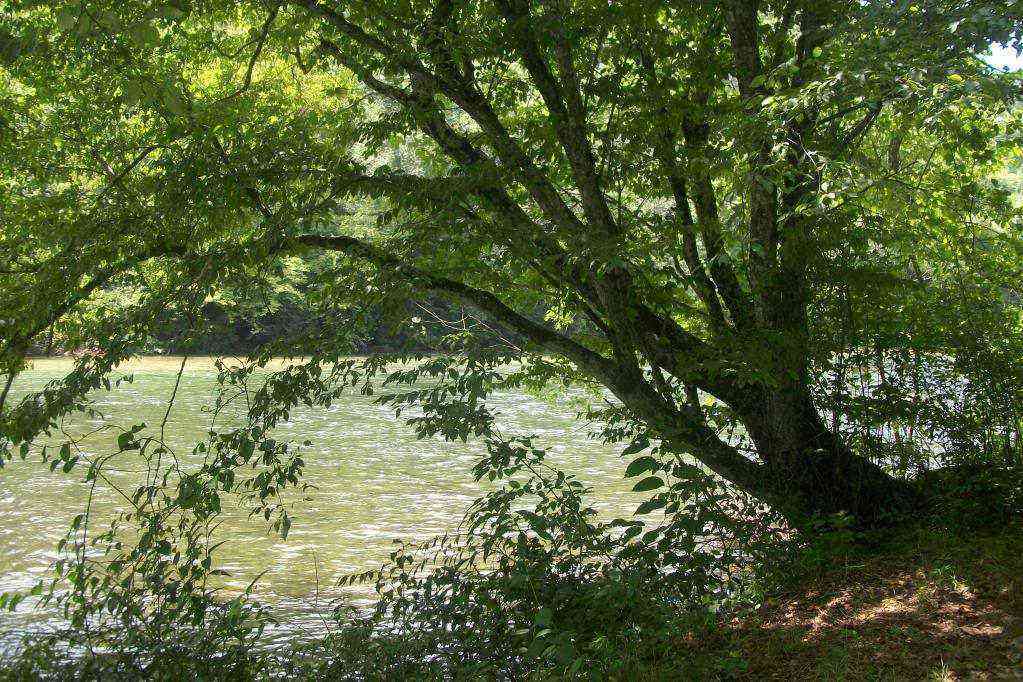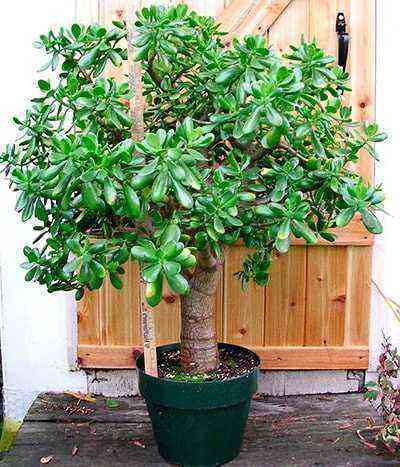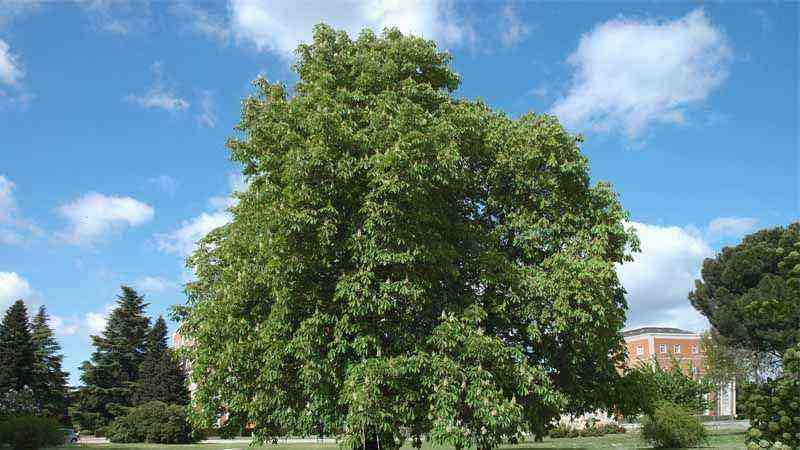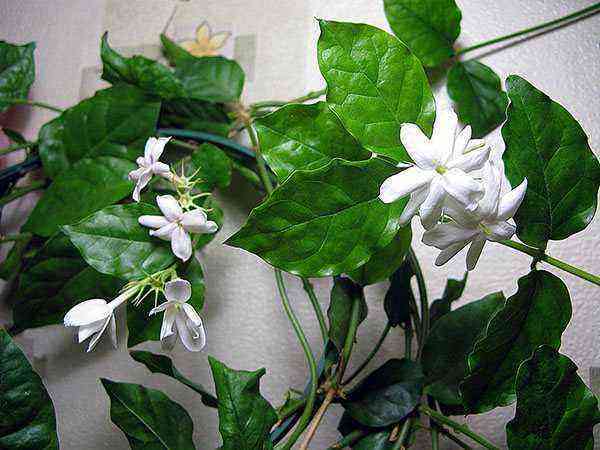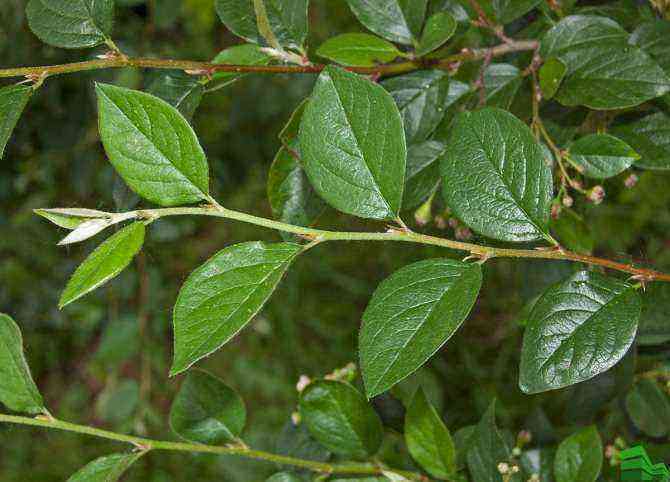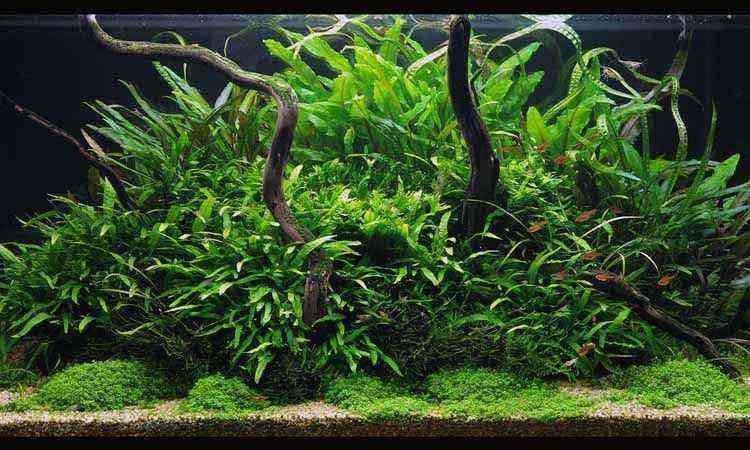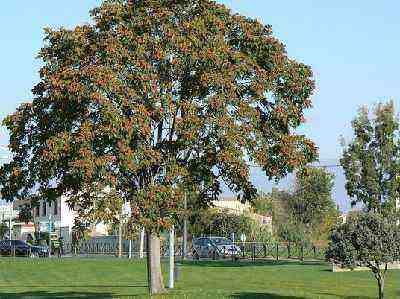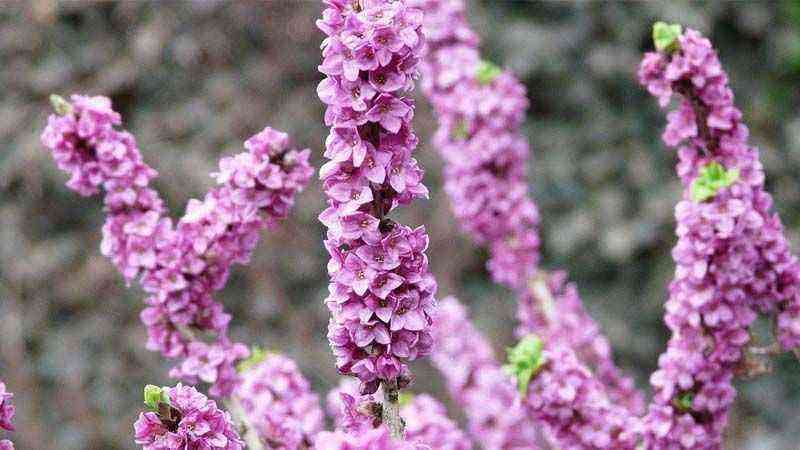On the subject:
Derain white – planting and caring for decorative …
April 28, 2020
Ezhemalina – landing and leaving in the suburbs for …
April 23, 2020
Dimorfoteka – planting and care, photo of an unpretentious …
April 23, 2020
Vanka wet flower – home care for …
April 21, 2020
BACK FORWARD 1 of 99
Description
Rocky juniper belongs to the genus cypress. His home is rocky slopes at an altitude of 1200-1700 m above sea level. It grows in southwestern Canada, the southern United States and northern regions of Mexico.
Wild specimens are capable of reaching 18 meters in height and a trunk girth of up to 2 meters. Cultivated plants are much smaller than their giant counterparts.
The crown of the tree, starting almost from the very base, has a conical shape, which over time acquires a more regular roundness. The color of the needles varies from dark green to gray-blue. The fruits are spherical cones with a diameter of 4 mm, painted in a dark blue color.
Distribution
In nature, Blue Arrow juniper prefers the rocky surface of the earth. In its homeland in North America, it can be seen growing wild in this area.
Cultivating the Blue Arrow variety, gardeners realized that it is unpretentious to the composition of the soil, resistant to sudden changes in climatic conditions. Therefore, it can be grown in almost any area from the tropics to the Arctic Circle.
On the territory of our country, only the regions of the Far North are not suitable for growing. But in this case, you can safely purchase this tree, grow it at home on the terrace.
Popular varieties
Since 1839 (it was then that this plant was first described), breeders have worked to create new varieties of rock juniper. Thanks to their work, trees that are unlike each other have appeared, among which any landscape designer will find what his heart desires.
Blue Arrow
Blue Arrow
It is considered the most popular species in our country. It owes its success to its survival rate and incomparable gray-blue tint. The narrow crown resembles a column, the twigs fit tightly to the trunk. Height – from 1,5 to 2 m. Despite winter and drought resistance, it is absolutely not adapted to the dirty city air.
Sky Rocket
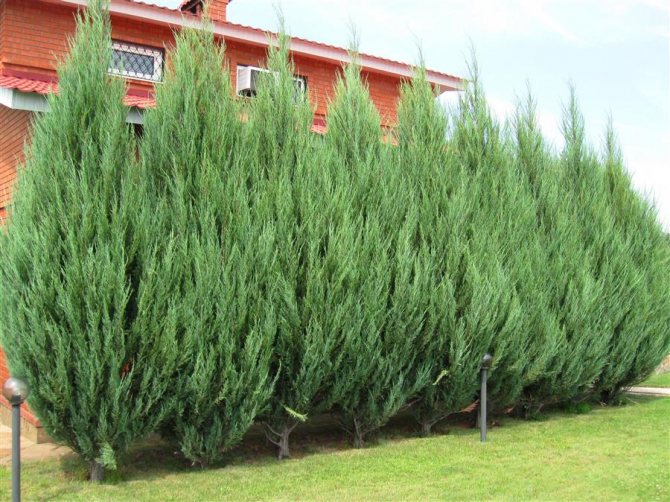
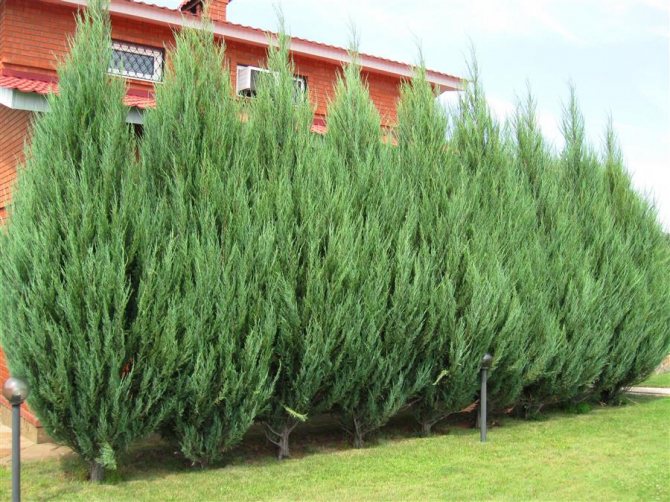
Sky Rocket
It has a similar shape, the branches are directed upwards, the color of the needles is gray-blue-green. The height of an adult “rocket” is 3-6 m. Well adapted to the Russian winter, as well as to the presence of harmful substances in the air. However, this variety is more affected by fungi than others.
Blue Haven
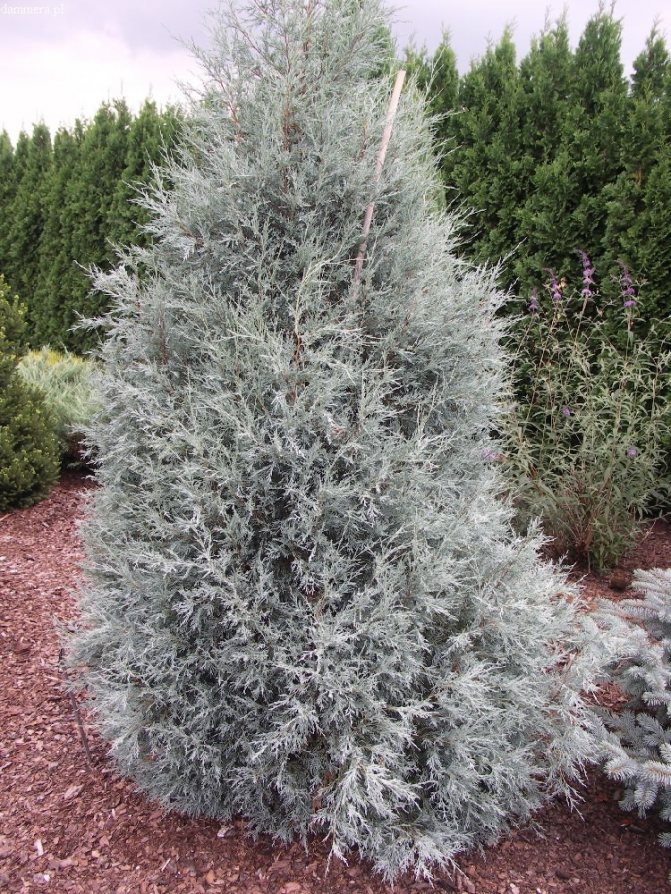

Blue Haven
A shrub of medium height, about 2 m. It got its name from the pyramidal crown of a light blue color, which remains unchanged throughout the year.
Munglow

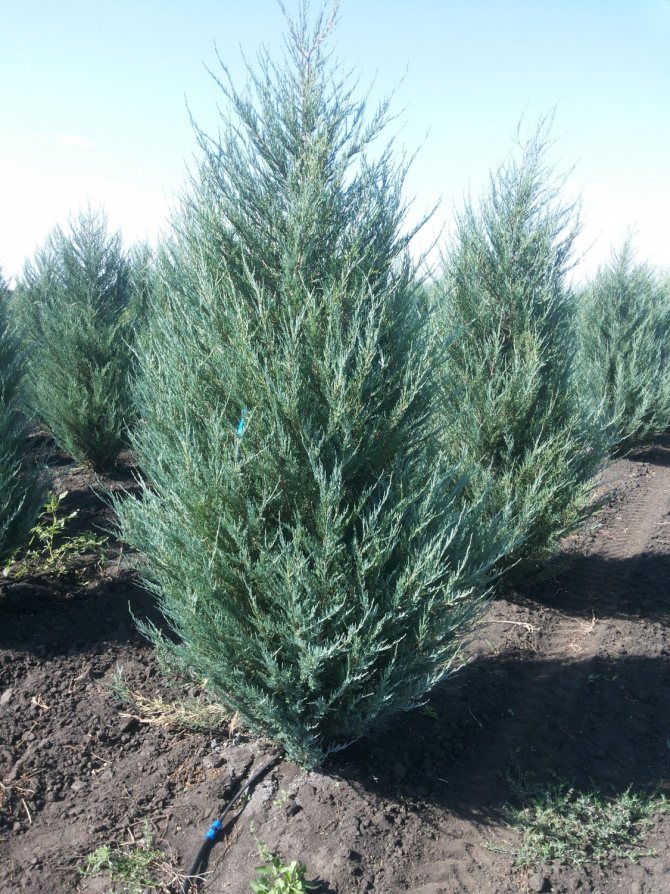
Munglow
It grows up to 2,5 m in height, up to 1 m in diameter, will become a bright accent in the garden. Sprawling blue-silver branches look even brighter in winter, their color becomes richer. Not picky about the soil, and also tolerates drought well.
Moffat Blue
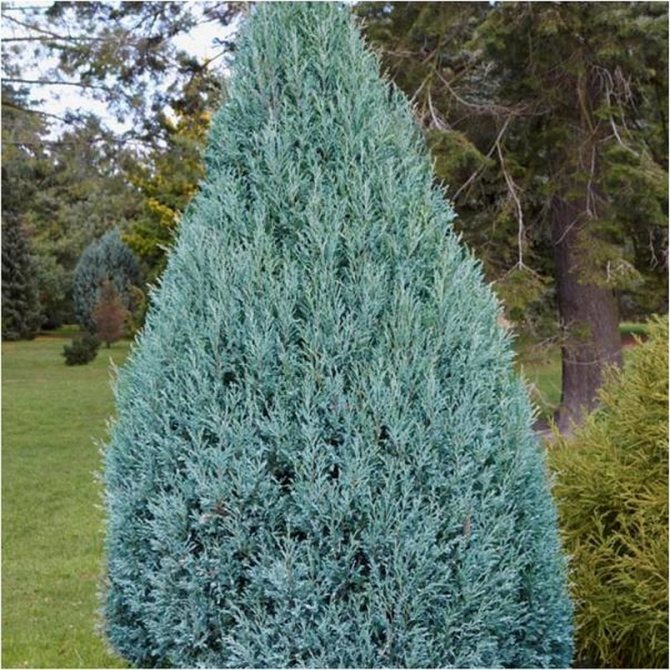
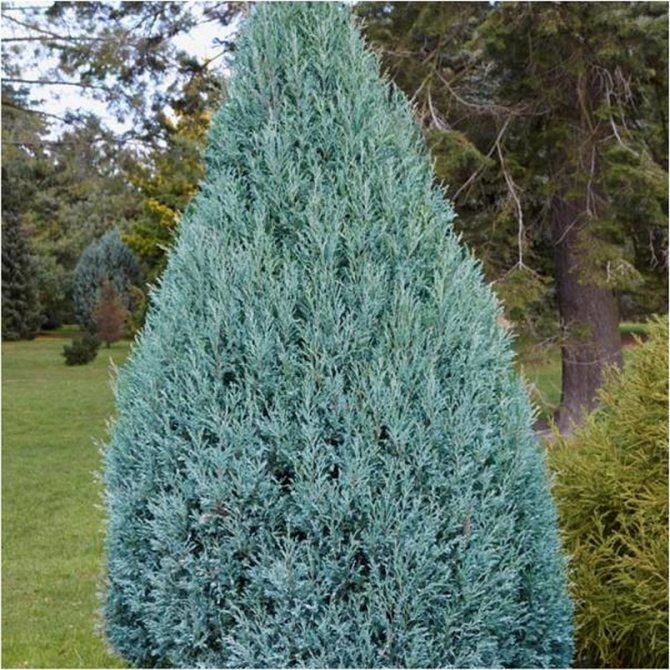
Moffat Blue
It has an impressive size. Its height exceeds 3 m, and its diameter is 1 m. This tree with greenish-blue needles is winter-hardy, but does not withstand high levels of humidity.
Silver King
It has an unusual appearance for rocky junipers. It is low, only 0,6 m, but the crown diameter is as much as 2 m. Scaly needles are blue.
Wichita Blue
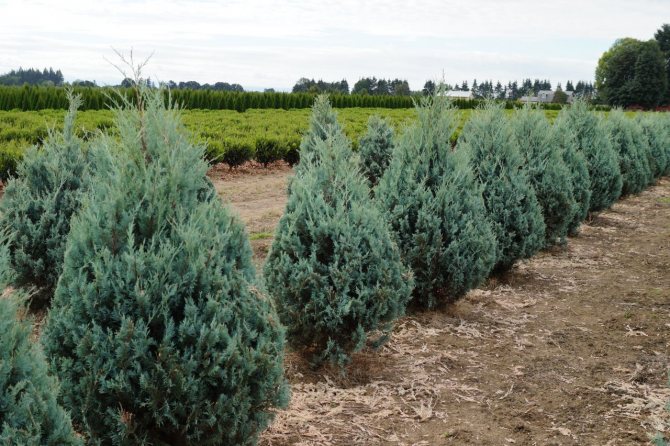
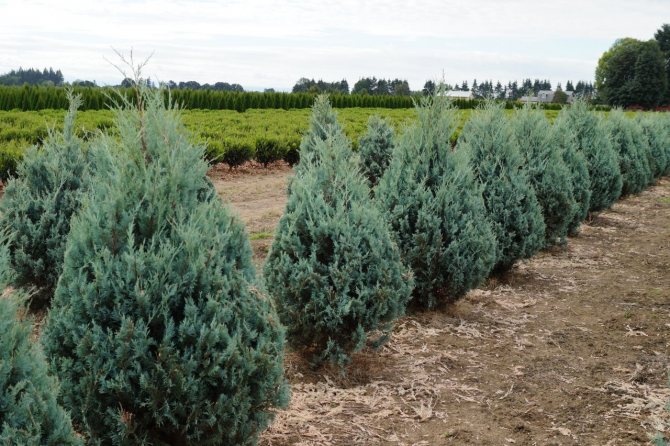
Wichita Blue
Another fat man. With a trunk length not exceeding 0,4 m, the diameter reaches 1,5 m. The blue color of this “Christmas tree” casts a little silver.
Springbank
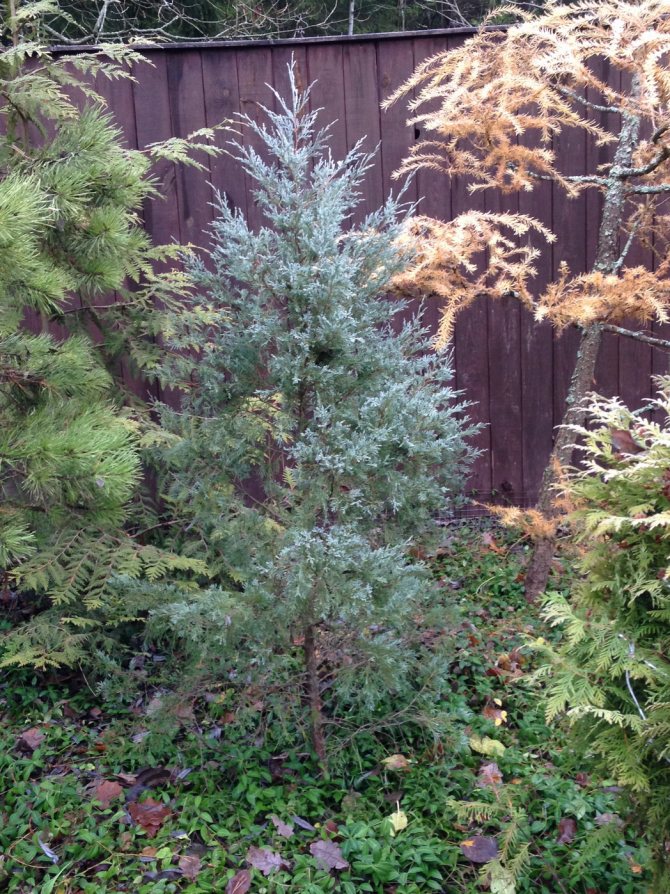
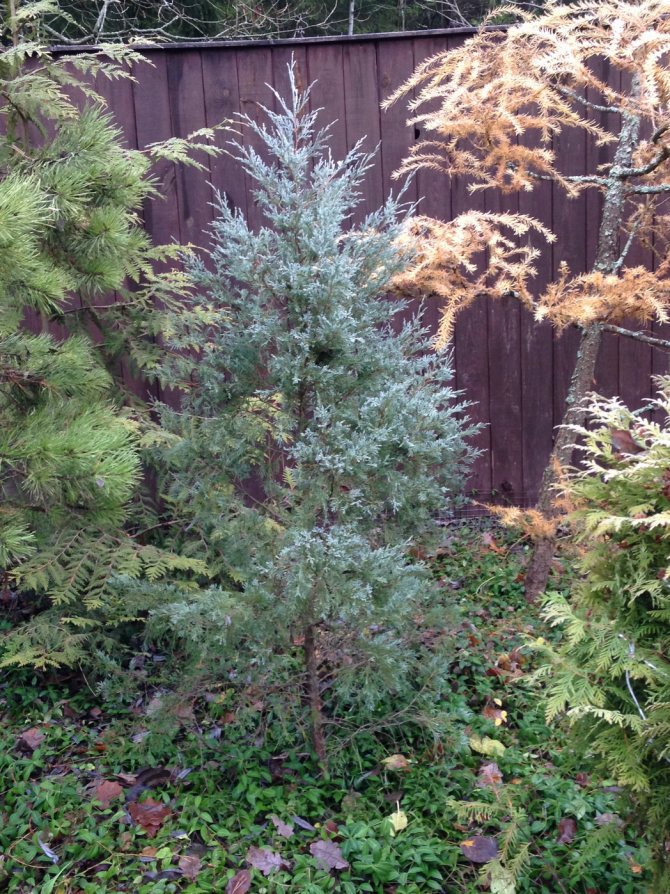
Springbank
It is famous for its disheveled twigs and resembles a fluffy post. Able to grow up to 4 meters. The needles are blue-silver, thin and soft.
Blue Arrow Juniper Description
The Blue Arrow juniper (pictured) is a rock type that has vertical branches tightly pressed to the trunk, they begin to grow from the very base. As a result, the tree takes on a columnar shape. The shoots are quite tough, due to which this evergreen culture does not lose its harmony for a long time. Neither with age, nor under the pressure of snow, in winter.
Appearance Description:
- needles – scaly, soft, blue, sometimes blue;
- fruits – blue cones, with a bluish bloom.
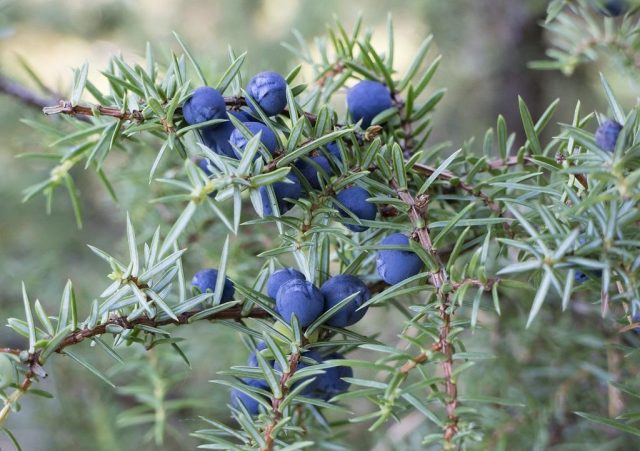
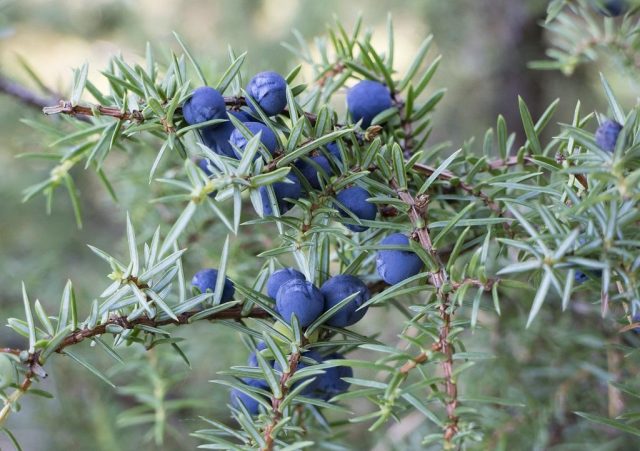
Important! Blue Arrow juniper releases phytoncides into the air – biologically active substances that have the ability to suppress the growth of microbes and destroy a variety of pathogenic bacteria.
Advantages of the variety:
- Frost resistance
- Drought resistance.
- Unpretentiousness to the soil. It can grow in rocky terrain.
- Resistant to any climatic conditions.
Dimensions of an adult rocky Blue Arrow juniper plant
At 10 years old, the height of the Blue Arrow juniper is 2-3 m.The diameter of the crown of the tree is about 50-70 cm.An adult plant grows up to 5 m.
Growth rate of Blue Arrow juniper
The growth rate of the rocky juniper Blue Arrow is quite high. Annual growth averages 15-20 cm in height and 5 cm in width.

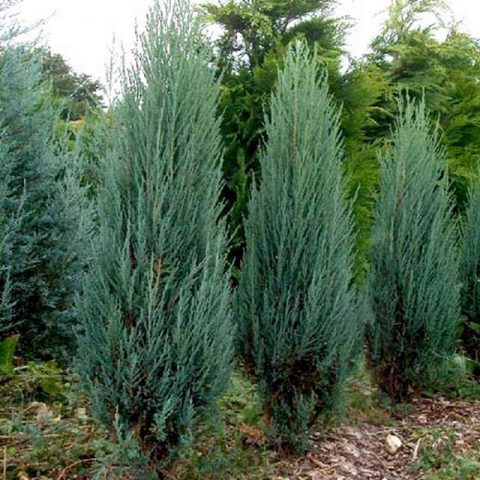
Blue Arrow Juniper Root System
The root system of the Blue Arroy juniper is the same as that of most conifers – superficial, highly branched.
Blue Arrow rocky juniper winter hardiness zone
The Blue Arrow variety is distinguished by high rates of winter hardiness and frost resistance. Winter hardiness zone – 4 (plants can withstand frosts down to – 28-34 ° С). But sometimes young shoots freeze at an early age.
How many years does Blue Arrow juniper live?
The Blue Arrow juniper is a long-liver. On average, plants live for about 200-300 years.
Planting rocky juniper
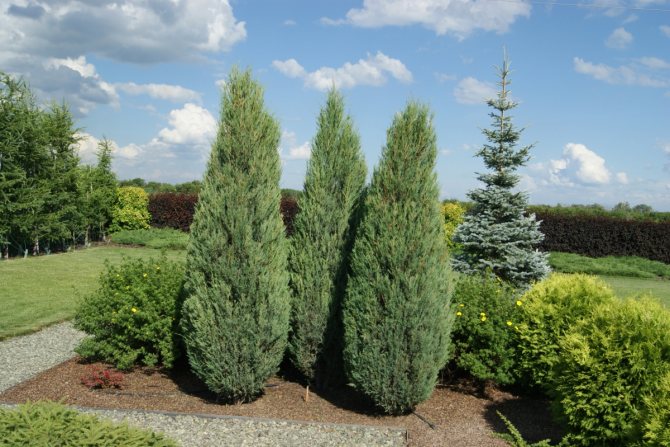

In nurseries, you can buy seedlings with a closed or open root system. In the first case, you can land a “newbie” from early spring to late autumn. In the second, it is better to do this at the beginning of spring in a well-heated soil, even before the start of sap flow.
When choosing a place, you should pay attention to the fact that the future place of residence should be spacious and well lit. Tall varieties must be planted in nutrient-rich soil. For dwarfs, it is recommended to choose an area with poor soil.
Saplings will take root better if they are not cramped.
For this, the distance between them should not be less than 0,5 m for small species and 2 meters for giants. The planting hole should also be free and at least twice the volume of the root system. It is recommended to cover the bottom of the hole with a 20 cm layer of drainage. In order not to damage the seedling and it is easier to remove it from the container, you can leave the rocky juniper in the water for a couple of hours before planting.
The bush, immersed in the hole, is sprinkled with a mixture prepared from two parts of peat, one part of sod land and one part of sand. After abundant watering, the area near the trunk is mulched, that is, it is sprinkled with chips, sawdust or pieces of pine bark.
Juniper care
Rock juniper of the Blue Haven variety is unpretentious in care. It needs to be watered only when planting or transplanting, it does not require additional watering. He loves the sun very much, therefore, when it is planted in the shade, the plant becomes loose.
It tolerates winter perfectly, so it does not need additional shelter… Hot and cold dry winds are not afraid of him. Unless, only the planted plants are wrapped so that the branches do not break under the weight of the snow.
Did you know? The Blue Haven Juniper is a male and female plant. On women there are fruits – blue berries in the form of cones, up to 1 cm in diameter.
It is necessary to get rid of weeds in a timely manner, loosen, mulch and water the plant… It grows better from these procedures. The trunk circle is made below the soil level, because of this, the mulch layer is at least 5 cm below the old soil layer. It is often considered an irrigation funnel.
Water the plant actively in the first year after planting… Its root system has not yet matured and hardly consumes nutrients from the soil. Watering frequency is once a week. For each plant, you need to pour at least 1 liters of water, depending on the size. The larger the plant, the more water is needed. When the plant has strengthened, watering is carried out only during the dry period, once a week.

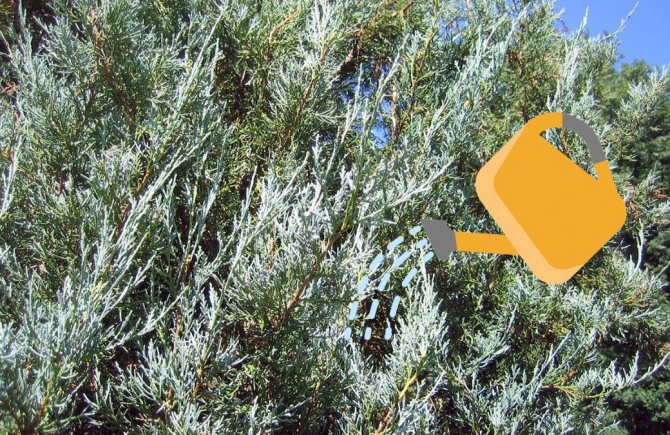
The plant does not tolerate drying out of the needles, therefore, spraying with water must be carried out regularly
Plant pruning is carried out no later than April… The plant is well pruned. Weeds, ornamental grass should not grow on the trunk circle.
Important! Blue Haven does not tolerate excess moisture and shade. The color of a plant that grows in the shade turns green, and it itself will not develop well.
Composting is mandatory in spring and autumn… This improves the structure of the soil, enriches the soil with microorganisms.
Fertilizers are also used. In the spring fertilized with nitroammophos or other fertilizer for conifers. Early fall – phosphorus and potassium fertilizers. Wood ash is also used, sprinkling plant roots with it.
Video: Juniper Care
We must not forget about the pests and diseases of the juniper.
Juniper pests:
- spider mite;
- juniper moth;
- aphid;
- scabbards.
Basic principles of care
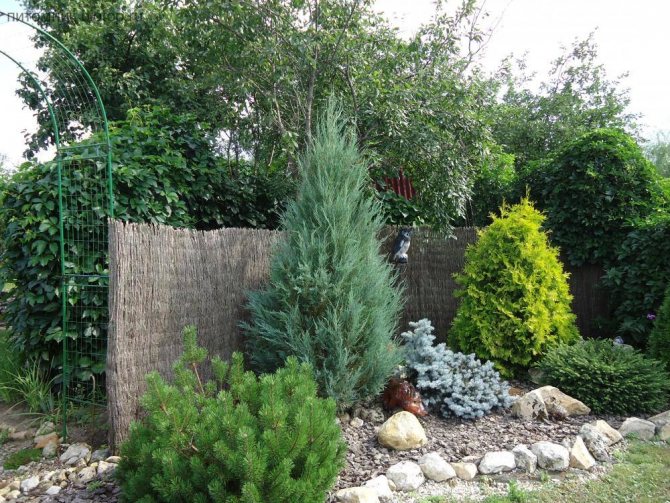
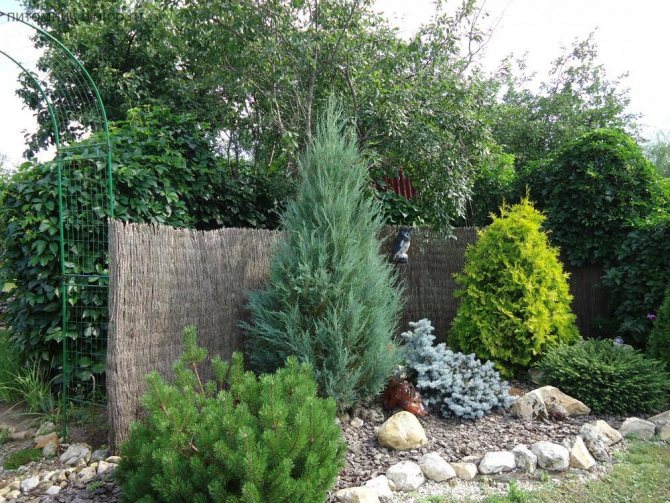
Caring for this ephedra is pretty simple. You just need to remember that the tree begins to grow actively after the 10th anniversary. Most of the varieties are perfectly adapted to both harsh winters and hot summers. They grow well even without human help.
Watering
Adult plants only need to be watered three times per season. Sometimes it is worth doing additional watering during a prolonged drought. It is better to spray young trees with warm water in the evening. Excess moisture is harmful to this drought tolerant plant.
Feeding
Young trees are fertilized only once in spring, usually in April-May. It is recommended to use drugs such as Kemira-universal or Nitroammofoski. Adult specimens do not need feeding at all.
Trimming
Junipers do not need pruning, but sometimes this procedure is carried out to give the crown an unusual shape. However, even if a haircut is not planned, dried branches should be cut off. It is best to do this in March, before the sap flow begins.
Wintering
As already mentioned, almost all varieties easily tolerate the cold season, but you still have to prepare them for wintering. So that the snowfalls do not damage, the spreading branches must be pressed against the trunk, tightly wrapping the plant with a rope. Trees that were planted shortly before the onset of cold weather are recommended to be covered with spruce branches or non-woven material.
Transfer
The older the juniper, the harder it is when “moving” to a new place. To minimize the dangers, you need to save an earthen ball, in which all the roots are hidden. Therefore, the ideal time for transplanting will be the period when the plant renews and enlarges the root system, that is, in mid-spring. Thus, the migrant adapts more easily and recovers his strength faster.
It is possible to transplant both in the middle of summer and in autumn during leaf fall, but this step will seriously slow down the development of the seedling.
In order for the transfer to be successful, it is worth adhering to a certain plan. A pit is dug in advance, capable of accommodating the entire earthen lump. The bottom is covered with drainage. A mixture is being prepared with which the foundation pit will be filled. The composition of the mixture is the same as that used for planting. Then the tree is dug in at a distance of 0,5 m from the trunk. After the bush is removed, it is transferred to the planting site on a strong film. The disembarkation process is no different from the primary one.
Landing
To plant a rocky juniper seedling, you must:
- Choose a lighted place, maximum partial shade.
- Prepare the landing pit. It should be twice the diameter of the planting ball. Depth – at least 50 cm.
- Juniper does not like excess moisture, therefore it is necessary to provide it with a good drainage system. Drainage can be made from broken bricks, stones, pebbles, rubble and gravel. Sand is poured onto it in a small layer.
- Although junipers are unpretentious to soils, it is advisable to add fertile soil to the planting pit. It is better to use a mixture of sand, turf clay, peat in a ratio of 1: 1: 2 or 1: 2: 1. Pour part of it on the bottom, sprinkle the rest on top of the roots.
- Remove the seedling from the container, carefully, trying not to injure the branches and root system. Place an earthen ball in the center of the hole. In large plants, the root collar should protrude slightly above the ground. Sprinkle with an earthen mixture, tamping thoroughly.
- Pour liberally in a circle. After watering, subsidence of the earth will occur, which must be sprinkled with earth from above.
- The trunk circle needs to be mulched. For this, a pine chip, dry leaves, peat, sawdust are suitable. The optimum layer height is at least 5 cm.
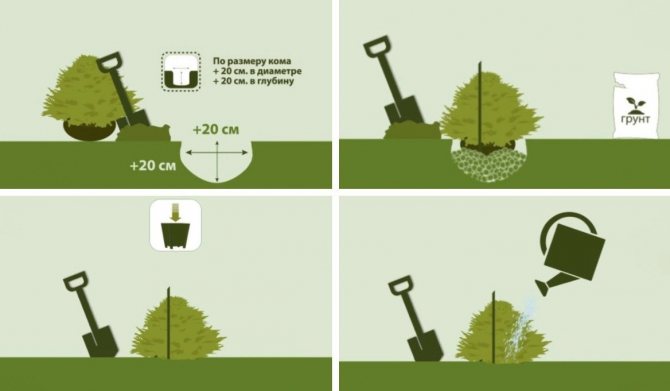

Subject to all planting rules, the seedling will definitely be accepted
Diseases and pests: treatments
Juniper often suffers from rust. The disease manifests itself in the form of red-colored growths, which contain an oily liquid inside. The plant begins to dry out and soon dies. At the first signs of the disease, it is necessary to cut and burn all infected branches and treat with a fungicide, Bayleton, Skor and other similar preparations.
Constant waterlogging of the soil can lead to fusarium wilting. Apical shoots with this disease become dry and pale red. To stop the spread of fusarium, you should remove the affected areas and treat the branches, trunk and soil under it with a fungicide, Quadris or Fitosporin-M.
A fairly common disease is the so-called drying out of branches. Symptoms can be found in the spring: the needles turn yellow, sometimes small fruiting bodies of mushrooms appear on the bark. To save the bush, you need to cut off diseased shoots and spray with medicine. Severely affected specimens must be destroyed. For prevention, it is recommended to treat plants with Tilt, Ridomil Gold MC or Skor in mid-spring and late October.
Another ailment that rocky juniper is prone to is brown shute. Because of this disease, the needles turn yellow and fall off, and this happens at the very beginning of June. Dampness and lack of sunlight can aggravate the process. Sanitary pruning will help to cure the bushes (it is also recommended to collect all fallen needles) and treatment with Quadris, Skor or Strobi. Preventive spraying should be carried out in mid-April and before the onset of autumn cold weather.
Pests with an interest in conifers include miner moths, scale insects, aphids, and spider mites. Getting rid of them is not difficult if you choose the right remedy. Fitoferma works well against aphids. The mole will drive away the Decis solution. Spider mites and scale insects do not tolerate Karbofos and other acaricides. It should be remembered that for effective insect control, it is necessary to process not only the bush itself, but also the soil under it.
Pests and diseases of Blue Arrow juniper
The rocky variety Blue Arroy is resistant to most diseases, but infestations occasionally occur. The most common disease causing the greatest harm to trees is rust, a fungal infection. Signs of the disease are peculiar growths of a bright orange color that appear on the branches of a tree. At the same time, Blue Arrow juniper dries up and loses its visual appeal.
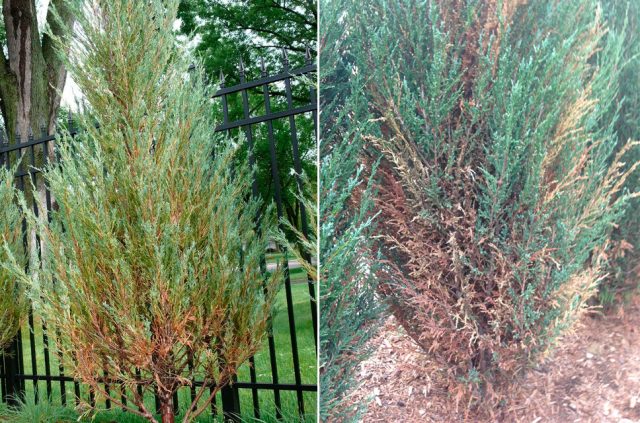

Having found the first symptoms of the fungus, the affected shoots should be cut off as soon as possible and treated with “Phytocide”. It is necessary to process infected plants until the signs of the disease disappear completely, with a frequency of 1 every 2 weeks.
Important! Often, rust infection occurs from pink-colored fruit and berry crops (apple, pear, quince, currant), on which the disease develops earlier. Therefore, it is necessary to plant Blue Arrow as far away from them as possible.
A great threat to juniper is posed by such harmful insects as aphids and moths. To combat aphids use “Fitoferm”. “Decis” effectively copes with moths. Spraying of bushes is carried out 1 time in 14 days.
How to multiply?
Rocky juniper can be propagated in two ways:
- vaccination;
- by cuttings.
The first method is more often used for valuable breeds and is usually carried out by a professional.
In the second method, cuttings prepared in early March are planted in a greenhouse. Semi-lignified shoots from the upper part of the bush are cut off together with the woody heel. Rooting time from 1,5 to 6 months. After that, the baby is moved to a training bed, where he spends from 3 to 6 years.
Some features of care
Before their first wintering, young Blue Arrow bushes better cover from direct sunlight.
Spring feeding can be carried out in April-May with nitroammophos at the rate of 30-40 g / m2 or apply complex fertilizers for conifers. Potassium-phosphorus fertilizers are applied in the fall.
Sanitary pruning is best done in early spring, after the plant has overwintered, but even before the start of sap flow. It is undesirable to cut branches longer than 1/3 of the length, this can weaken the plant.
After trimming, be sure to feed and treat with a fungicide to protect against bacteria and possible infection with fungal diseases. In addition, this procedure will ensure that young shoots grow evenly.
Use in landscape design
A magnificent palette of shades of needles and incredible shapes will allow the rocky beauty to fit into any garden. It will serve as an excellent backdrop for other plants, or will become a dominant itself. It is often used to decorate openings, passages, or delimit space. This tree will suit any style, whether it is restrained English, minimalistic Scandinavian or verified Japanese.
In addition to purely decorative purposes, this ephedra often serves as a hedge, and thanks to phytoncides, it purifies the air and fills it with aroma.
Unpretentiousness in care, a varied appearance, resistance to climatic features – this is what makes the rocky juniper so beloved, always in fashion. With its help, you can create a unique landscape that will emphasize all the advantages of a garden or park.
Reproduction
The biological characteristics of the blue arrow rocky juniper plant allow it to be propagated both by seeds and cuttings. However, seed propagation is too time-consuming for practical use. But grafting will be detailed below.
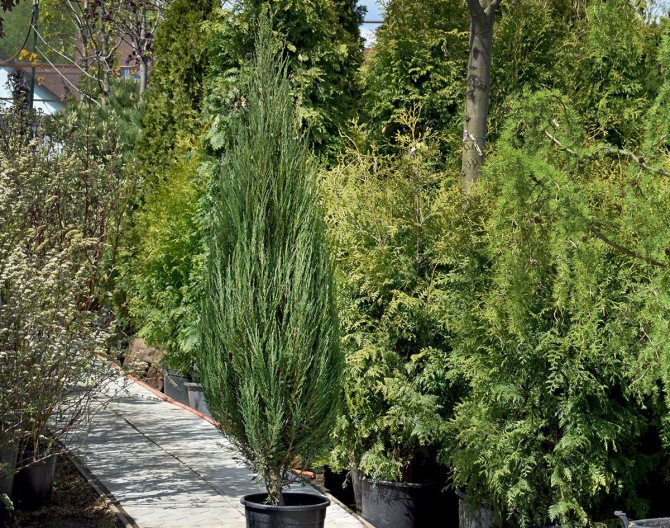
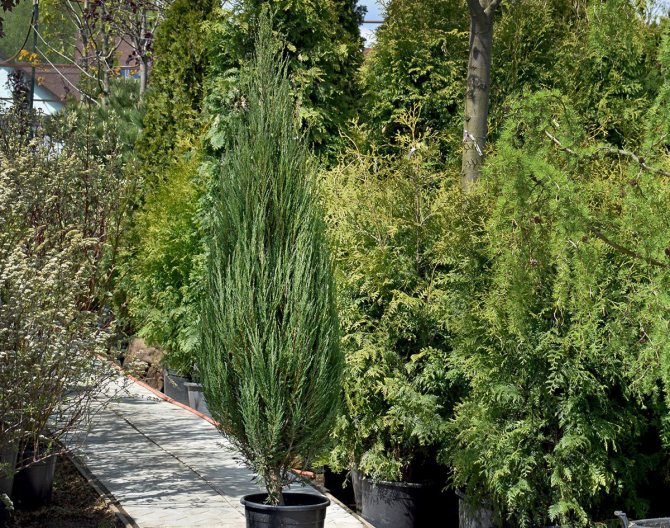
For root formation, a temperature of 18 to 23 degrees is desirable.
For grafting, it is recommended to use branches from the upper tier of the plant. Rooting twigs are recommended to be taken with the remnants of old wood, sometimes called the heel. The lower parts of the branches should be cleaned of needles and side shoots. If you leave the needles below, then it will acidify the soil. After preliminary stripping, the cuttings can be immediately planted in the ground. At the same time, for the maximum possible rooting, the cuttings should be soaked in a solution of heteroauxin or Kornevin’s suspension for a day. For reliable rooting, it is proposed to prepare the substrate from equal amounts of sand and peat.
For root formation, a temperature of 18 to 23 degrees is desirable. At a lower temperature, the risk of rotting of the cuttings increases, and at a higher temperature, either the cuttings may become resistant or the soil will dry out. Therefore, some experienced designers recommend planting cuttings in pots so that, depending on the weather, you can keep the cuttings in a greenhouse or outdoors.
The first roots usually grow back in 25 days from the moment of planting, a full-fledged root system is formed in two months. If grafting seems too troublesome, time-consuming or just a lengthy task for you, then you can simply buy ready-made seedlings in specialized stores. The height of commercial seedlings is usually 60-70 cm.
Planting and care
In order to successfully grow Blue Arrow juniper in your own garden, you must follow the rules of planting and caring for it. It is better to purchase a seedling immediately in a container, this will help protect its root system from damage. It is best to plant the Blue Arrow variety in the spring or fall. In advance, you need to prepare the soil, which is half peat, and to form the second half, leaf earth and sand are mixed in equal proportions. For landing you need:
- dig a hole 2 or 3 times the size of an earthen coma;
- put a drainage layer on the bottom;
- pour humus with a second layer;
- without destroying the earthen lump, the plant is placed in a recess, sprinkled with earth;
- abundant watering, soil mulching complete the planting process.
In dry hot seasons, the crown of the plant can be sprayed in the evenings. With the arrival of spring, it is recommended to feed the juniper with complex fertilizer. If the soil around the trunk is compacted, then it must be loosened. Juniper is cut at the beginning of spring. Only dry or damaged branches should be trimmed.
Mature plants do not need to be covered for the winter, but it is better to wrap up young, recently transplanted trees. This will keep them from the influence of sudden temperature changes, icy winds, severe frosts. Covering material is recommended to be removed after the ground thaws.

